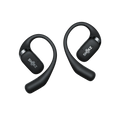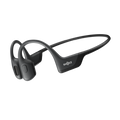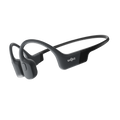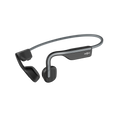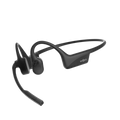In the 1990s, fat phobia drove food manufacturers to create low- and fat-free versions of pretty much any food you can think of. As fat—which is needed for the body to perform basic functions—was pushed out of food, sugar crept in.
Today, sugar is in just about everything. Yes, even that seemingly healthy food like yogurt, pasta sauce, and bread. Bread! Consuming excess sugar may be linked to health issues including obesity, type 2 diabetes, and heart disease. (On the flip side, fat is having its rightful moment and working its way back into the diet.)
It’s important to note that added sugar—sugar that isn’t naturally in a product, like the lactose in dairy or fructose in fruit—is commonly found in processed, packaged foods. Excessive consumption of packaged snacks has also been linked with health issues.
But, when it comes to athletic performance, sugar plays an important role. It’s a type of carbohydrate, which is the body’s preferred fuel source for physical activity. Simple sugars, including the white, highly processed sugar found in snacks and table sugar, are what fuel the body during exercise. Sports fuel, including gummies, gels, and sports drinks, are made from these simple sugars, which top off your muscle’s glycogen stores during a run, ride, or swim.
So how does an athlete balance the sugar he or she needs with the excessive amounts of added sugar in food products?
Your best bet is to read food labels and choose foods that have little to no added sugar. More and more food labels include an “added sugar” line to help make that process a little easier. And when you do eat packaged foods that have added sugar, try to choose ones that have less processed types of sugar, like honey and molasses, which also have vitamins and minerals. High fructose corn syrup, for example, is an extremely processed type of sugar, and foods that use HFCS may also use other not-so-great ingredients.
Generally speaking, athletes have a little more wiggle room than the average person when it comes to consuming sugar because their caloric needs are higher and their muscles need the simple sugar fuel. Still, it’s important to time your sugar intake. If you’re really eyeing that chocolate chip cookie, for example, have it right after your workout when your body needs the calories and sugar to refuel (But that doesn’t mean you should eat the whole batch)!
How do you fuel your workouts? Tell us on Facebook, Instagram, or Twitter!
